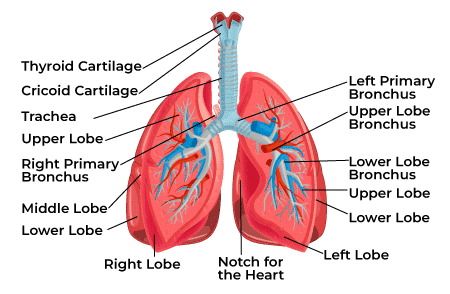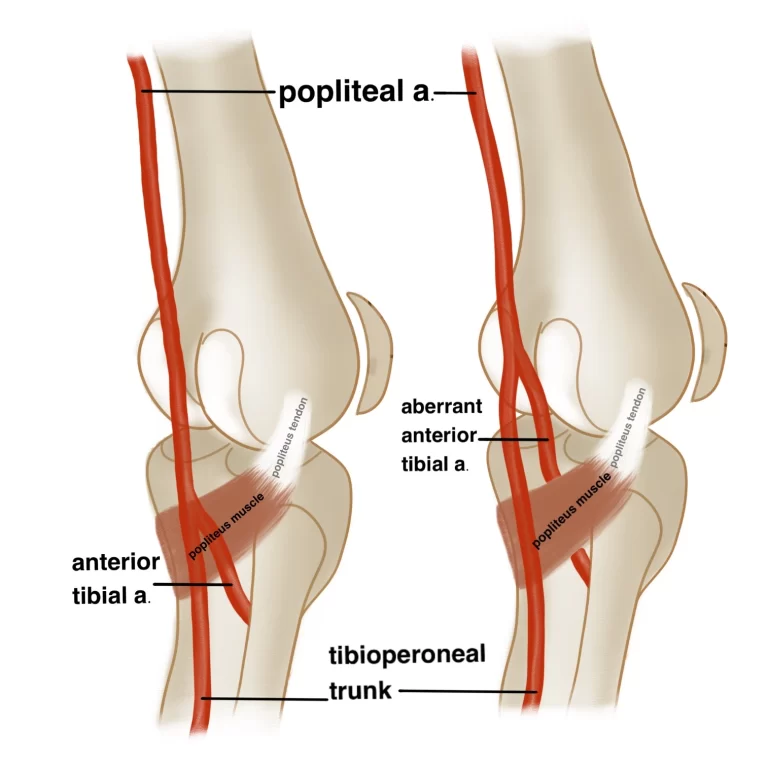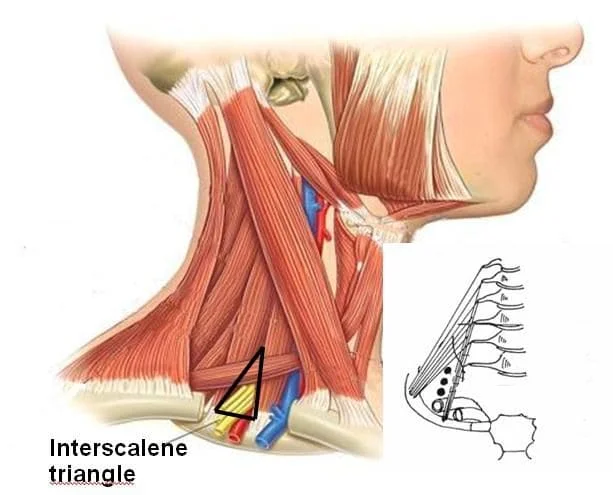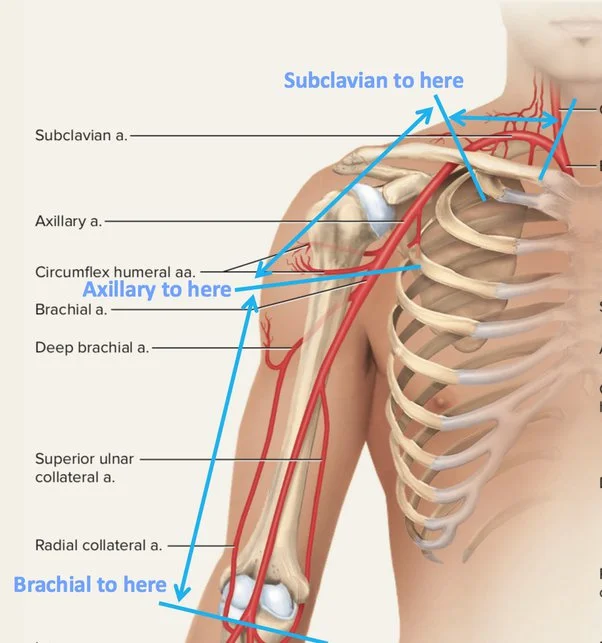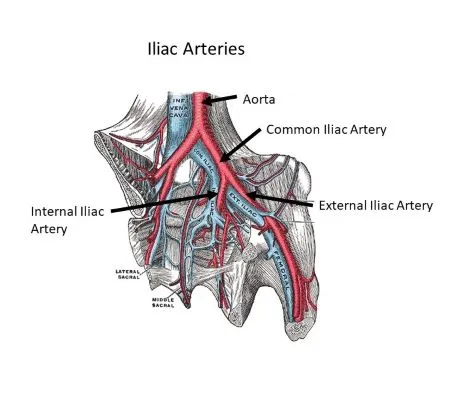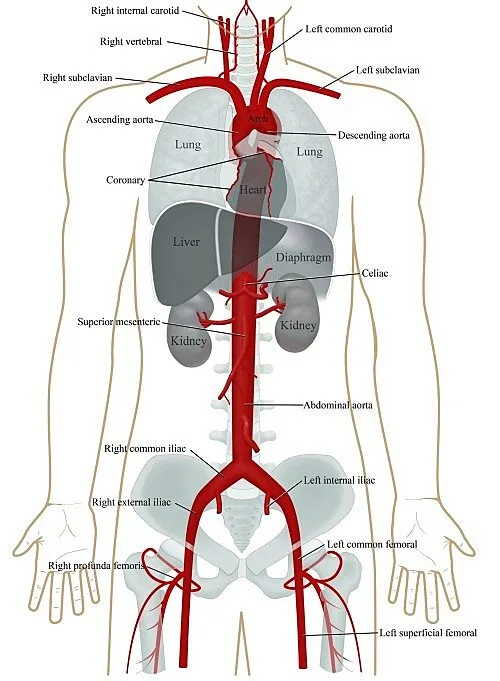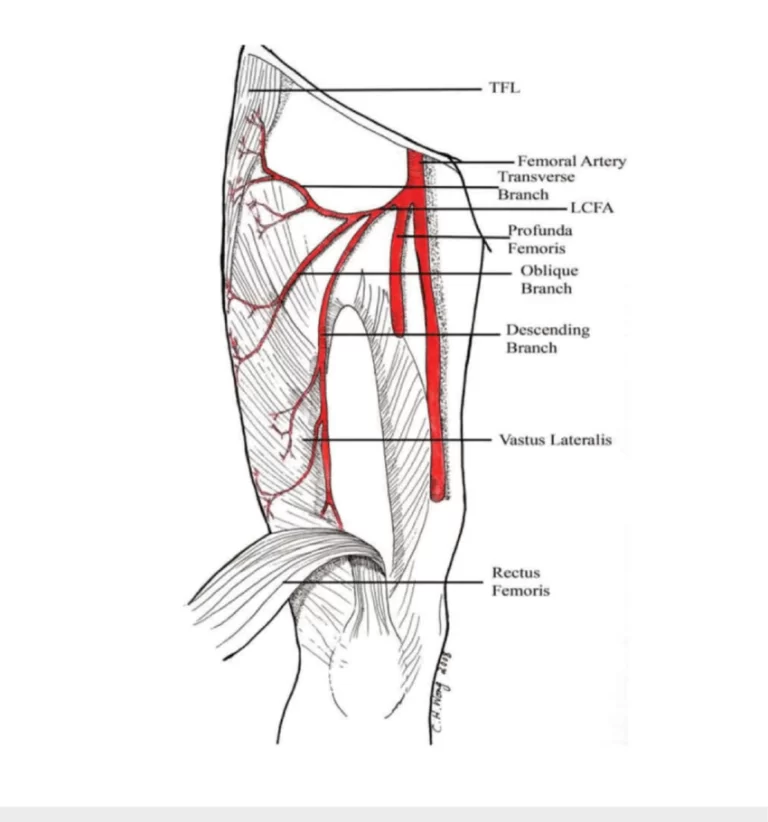Muscle
Introduction Every kind of muscle is associated with particular physiological research, pathologies, and biological factors. They maintain you in everything, such as rushing an endurance race while keeping your body still. Additionally, the organs’ function has been preserved with assistance from the muscle cells. Your heart pumps more than 100 times daily to keep you alive,…



